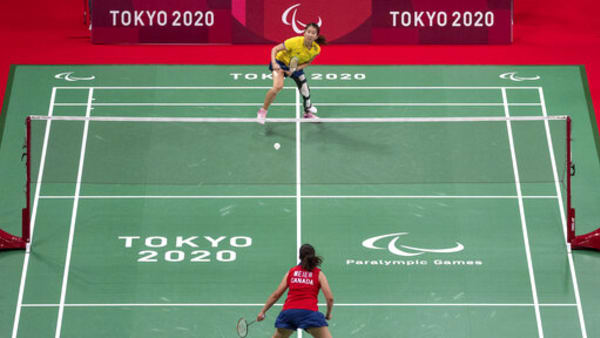Commentary: Paralympians sadly still aren’t recognised as mainstream elite athletes
The multidimensional frame was another positive example of media coverage that addressed their roles outside of being an athlete. Stories that highlighted their roles as parents, spouses, children and friends were used to connect with audiences in a way that had been typically absent from Paralympic coverage previously.
WHAT ABOUT TOKYO 2020 COVERAGE?
The Tokyo 2020 Paralympics is the most widely broadcasted Games to date, and it’s encouraging to see a steady increase in the quantity and quality of coverage.
The diversity of the coverage has also increased, and is comparable to what’s seen with able-bodied sports. It has also spread across a wide range of social media channels and platforms, such as TikTok.
What we hope to see, in terms of the quality of media coverage, is a focus on athlete first framing that steers clear of stereotypical representations of Paralympians. That way all athletes can be celebrated as the elite, high-performance athletes they train to be.
Earlier, we asked if media representations of the Paralympics can change attitudes about disability. We think they can if Paralympians are represented in non-stereotypical ways.
The Paralympic Games have the ability to raise awareness and start important conversations about disability, but it’s important to remember the context of what we are watching and to not homogenise the experience of a Paralympian as the everyday lived experience of people with disabilities.
What’s most important, however, is that conversations about disability, and campaigns such as #WeThe15 – a human rights campaign headed by the IPC and UNESCO to end discrimination against people with disabilities – continue beyond the Paralympics’ two-week life span.
Tangible actions, not just rhetoric, need to occur 365 days a year to truly ensure that positive changes are made for people with disabilities across all areas of life.
Erin Pearson is a PhD student in the School of Kinesiology at Western University. Laura Misener is Associate Professor and Director of the School of Kinesiology at Western University. This commentary first appeared on The Conversation.

